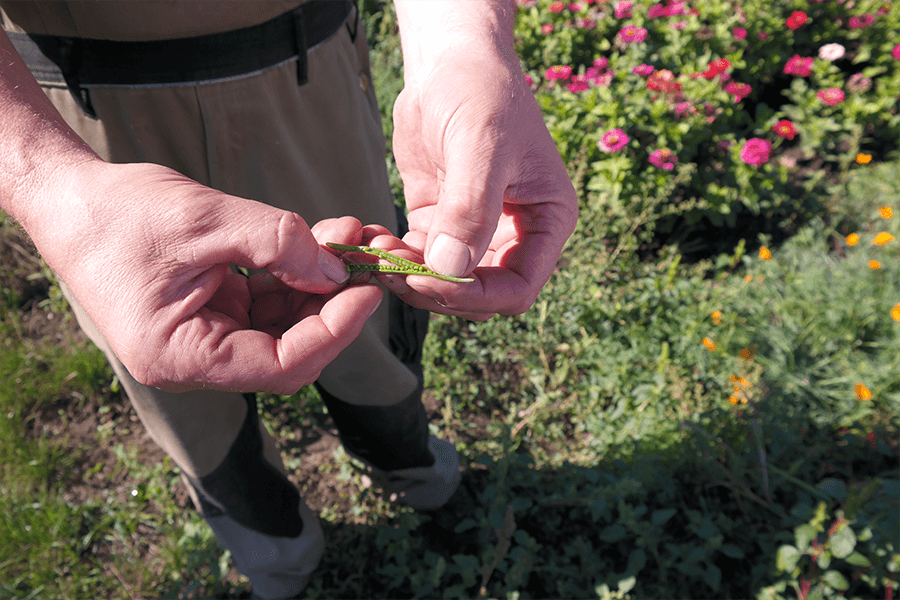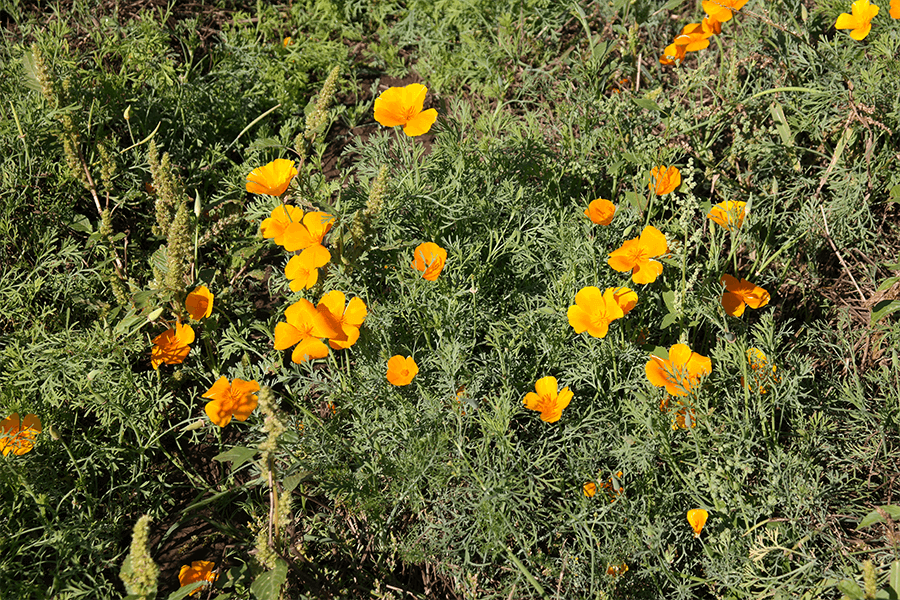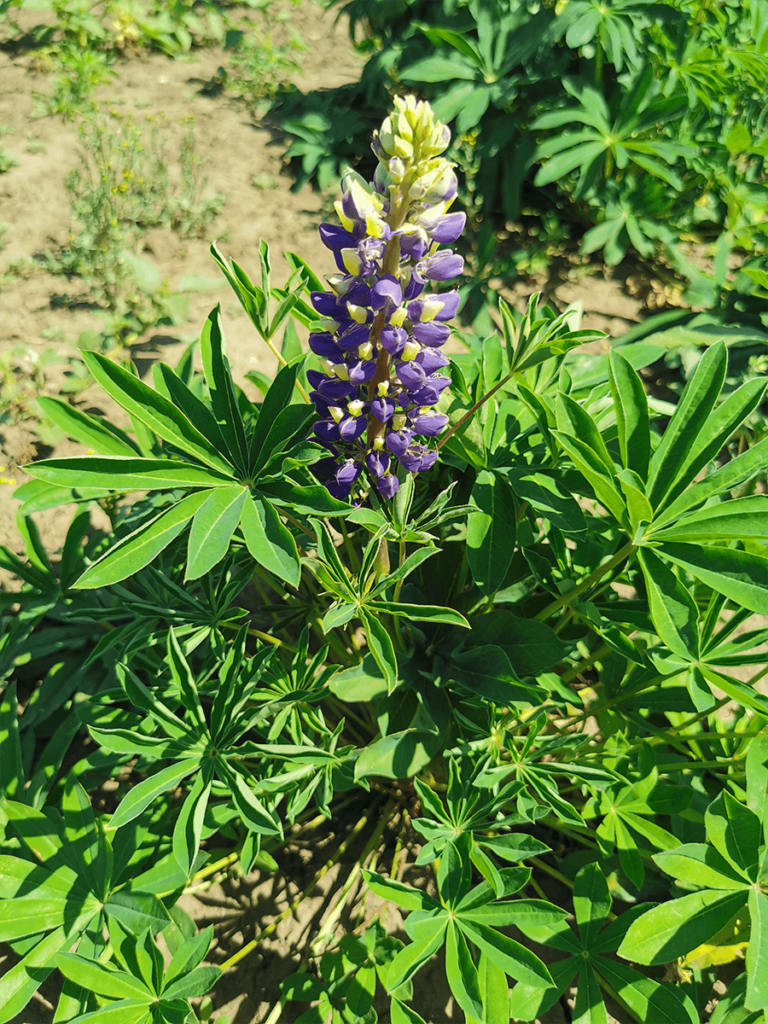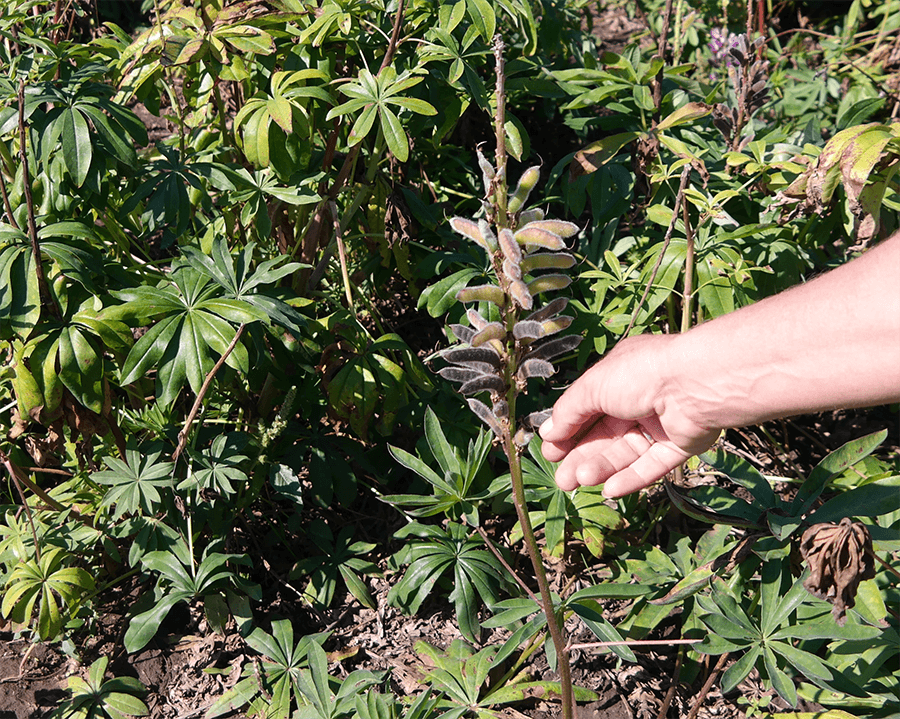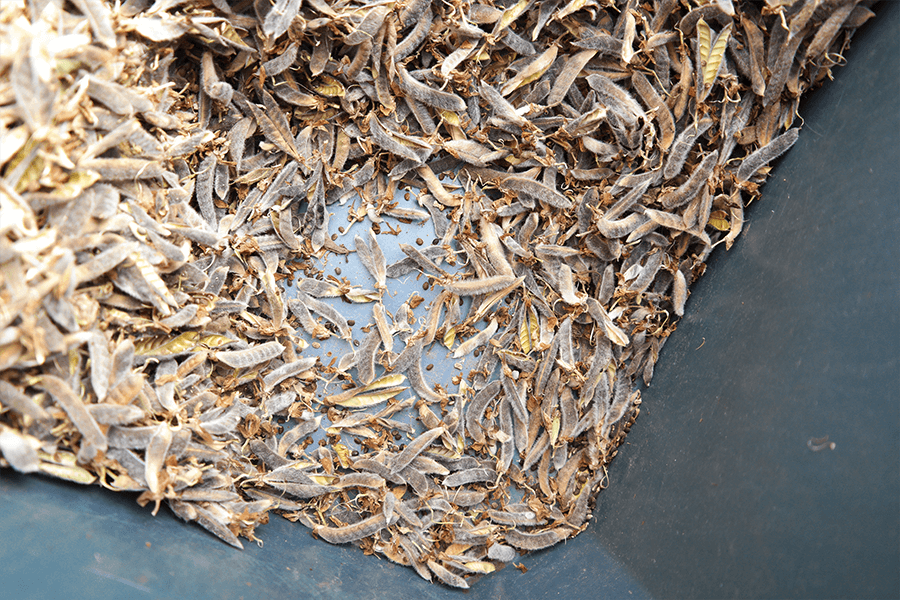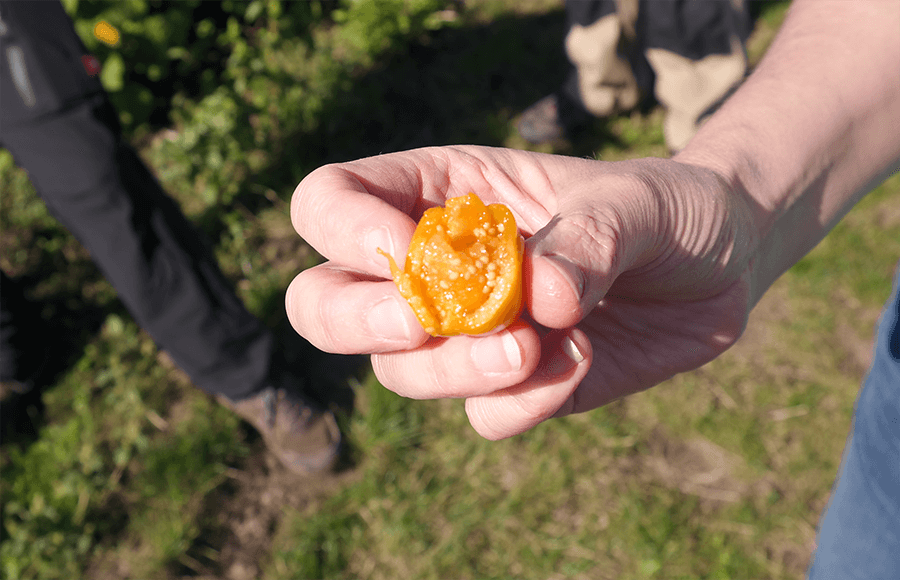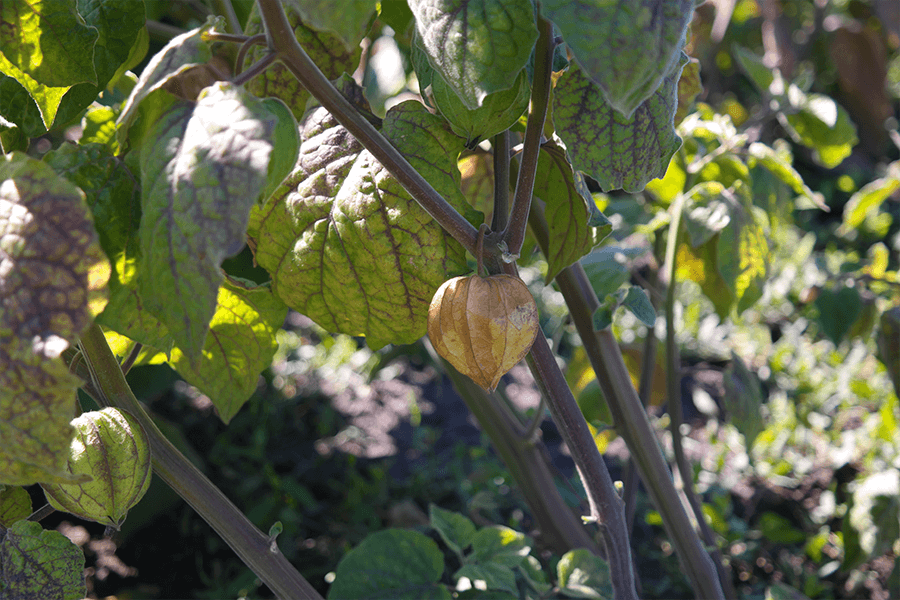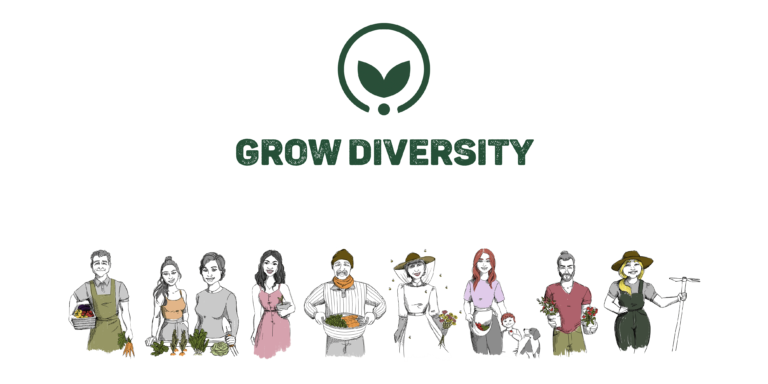A visit to Biohof Schreiber – our organic seed gardener
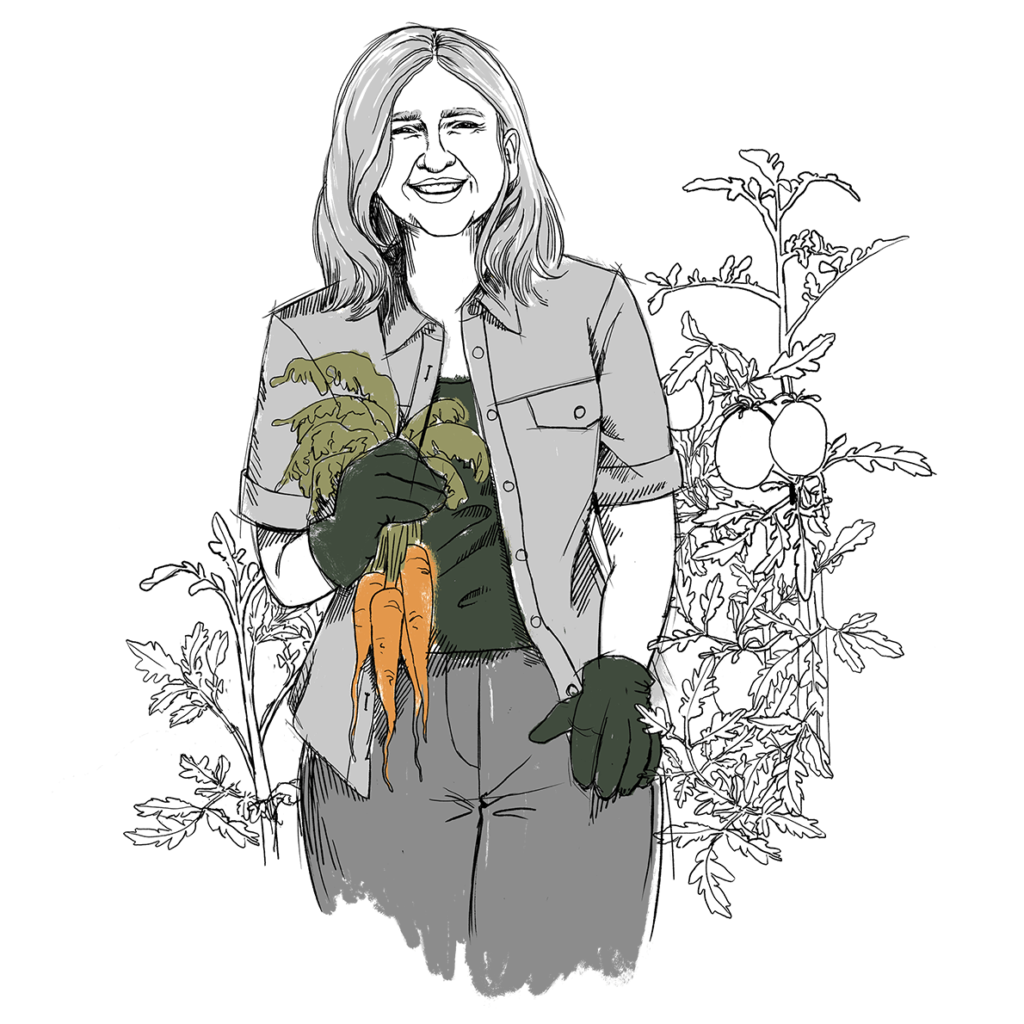
Steinebrunn lies in the northeastern corner of Austria – just before the Czech border. Here is the organic farm of the Schreiber family – producer of about 85 different vegetable and flower seeds for Samen Maier.
Together with my colleague Tereza I was allowed to visit family Schreiber and gain exciting insights into the work and everyday life of an organic seed producer.
The Schreiber family – that is Siegfried, Gabi, son Christoph and grandma Elisabeth. We immediately learn that grandma is an indispensable support and, at 86 years of age, is still actively helping in the fields.
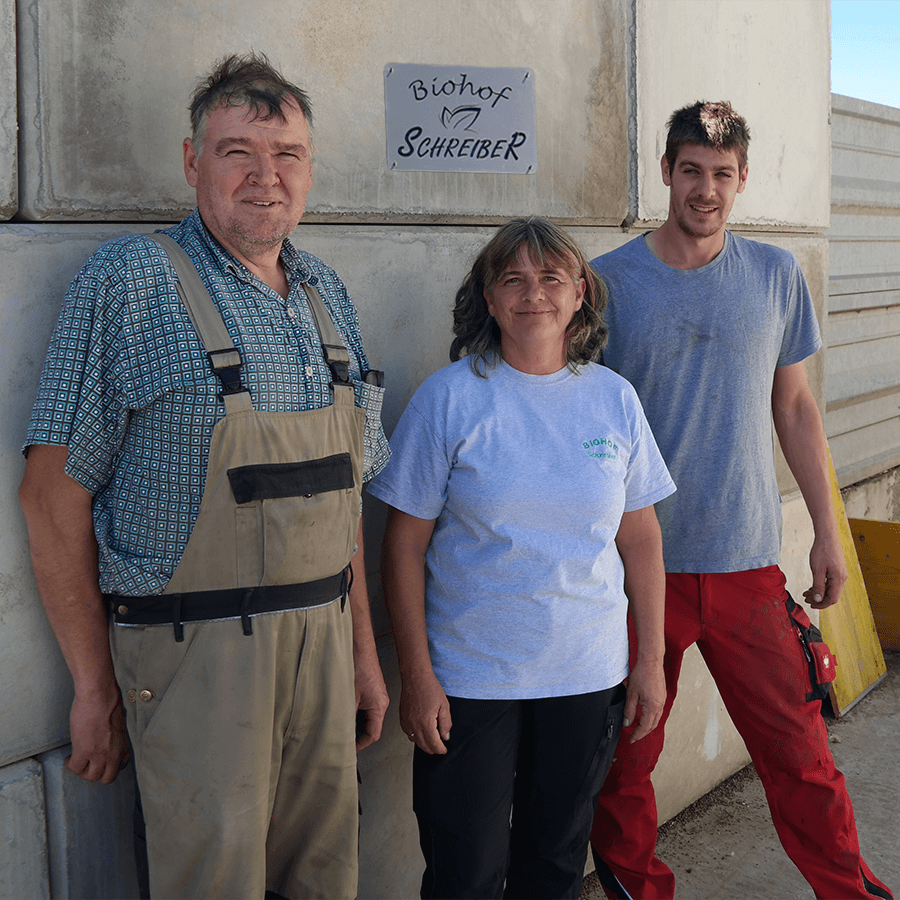
Seedfast varieties – obviously organic
At Biohof Schreiber, only seedfast varieties are cultivated out of belief. These can – in contrast to hybrid varieties – be grown again and again. For example, if you take seeds from a tomato and insert them, the result will be fruit-bearing tomatoes again. With hybrid varieties, on the other hand, the seeds may germinate, but the fruit yield decreases rapidly in the first year or is no longer available.
“But how is it possible that from the seed of an ox-heart tomato an ox-heart tomato grows again?”
Siegfried Schreiber tells us that on the one hand, large distances between the individual varieties are important – because the bee flies from one flower to the next. It could come to crossings between varieties and lead exciting surprises. The distance between beds of different varieties must be very large, especially if no other plants grow in between. In order to reduce the necessary distance, Mr. Schreiber uses targeted deflection feeding. A bed with richly flowering basil is ideal. Bees love basil – much to the regret of the beekeepers, as the honey obtained becomes too hot in taste.
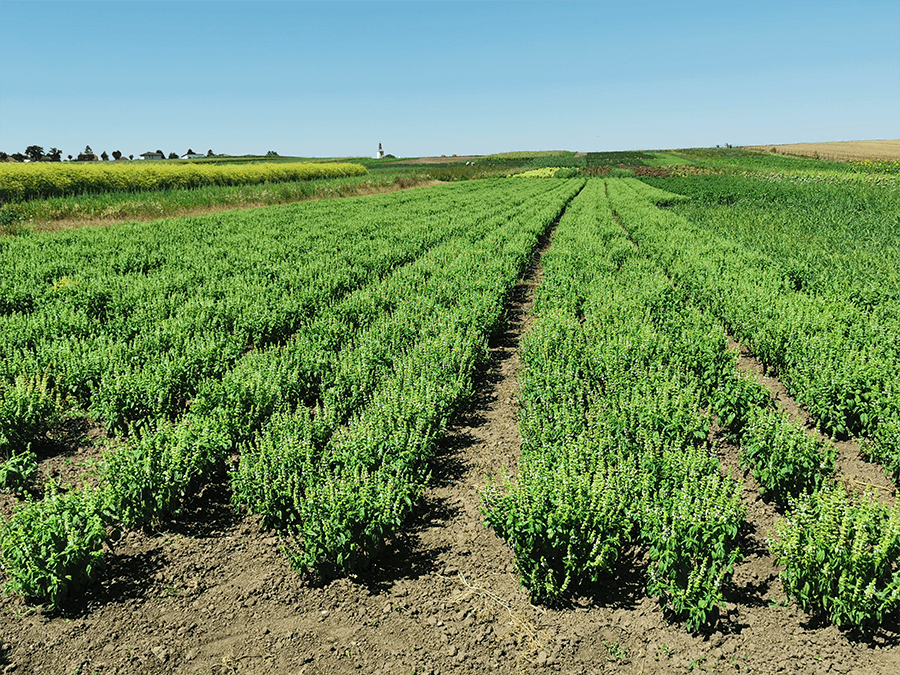
“Why do pumpkin and zucchini need so much space?”
When growing pumpkins and zucchinis – especially in a home garden – there is a risk of crossing with ornamental pumpkins. This can reactivate the toxic substance cucurbitacin – which has actually already been bred out – and lead to poisonous fruit. To ensure that no problems occur here, Christoph Schreiber cultivates the different pumpkin varieties on separate fields – far away from each housing estate. He recommends that pumpkins and zucchinis should not be taken from the seeds in the home garden. With these vegetables you are ultimately only playing it safe with purchased seeds.
Harvest is manual labor
After this initial information we will get straight into the action. Because now it’s time to harvest the seeds. In addition to tomatoes and basil, sunflowers, physalis, peppers, fennel, lupines, leeks, golden poppies, zinnias and much more grow in the immediate vicinity.
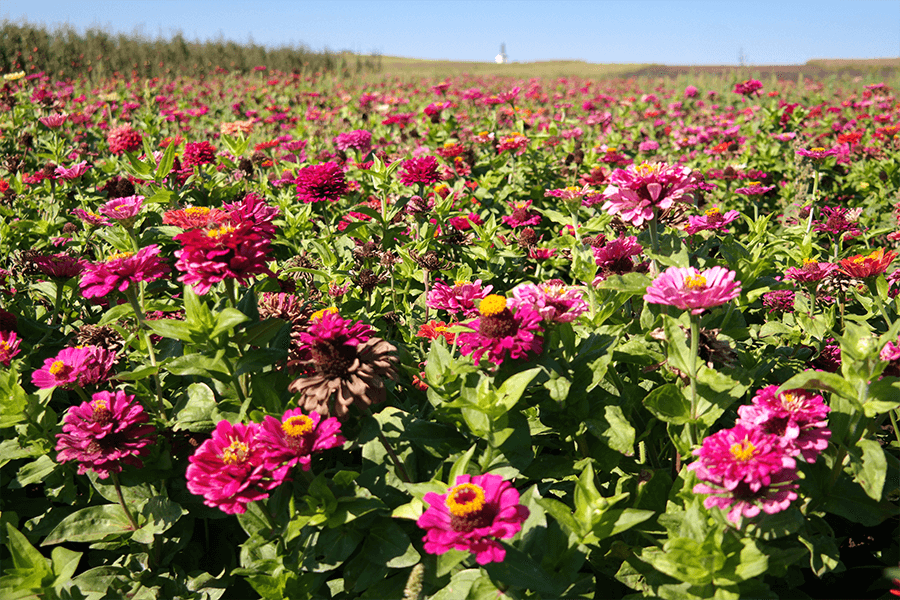
“So how are the seeds harvested in such small areas – much narrower than the width of a combine harvester?”
Most seeds have to be harvested by hand, says Gabi Schreiber. And since there are hardly any instructions for harvesting the seeds of the many different plants, she and her husband have developed many harvesting methods themselves. They are as different as the plants themselves.
The harvest of the golden poppy, which is popular in nature gardens, is Gabi’s task. Even before the first rays of sunshine she has to go to the field. As soon as it gets a little warmer, the pods open and throw the seeds out. This way the plant ensures that it spreads as quickly and widely as possible. Harvesting must not only take place very early in the day, but completely by hand. Machines would immediately cause a “stress reaction” in the plants and thus the rapid opening of the pods.
Goldmohn: sweet to look at – quite complex in the harvest
The 86-year-old grandmother still does not let herself take the lupine harvest. She picks the brown pods and releases the seeds. Lupine harvesting is a continuous task, because the seeds ripen steadily from bottom to top.
Lupines are much manual labour
„And how does the harvest of vegetable seeds work. Everything by hand?“
Siegfried Schreiber tells us that even more effort is needed here. For example with Physalis – the somewhat exotic-looking ground cherries. Here, the seeds and flesh are firmly fused together. In order to loosen the seeds, the fruits are mixed in big tubs with a lot of water, emptied several times and sieved. After many sieving processes (this can be up to 20 times) the seeds have finally separated from the flesh.
Physalis or ground cherry are becoming increasingly popular – and are growing better and better due to the warmer climate. The seeds are firmly attached to the fruit flesh.
The harvesting of tomato seeds is similar – here, too, several washing, sieving and filtering processes are required before the seeds are finally ready for drying and transfer. Harvesting leek or carrot seeds is also a complex process. These plants are biennial, i.e. they only form flowers and seeds in the second year. Large inflorescences contain numerous seeds. The mature inflorescences are cut off and dried. Finally, the seeds are tapped by hand in a cushion cover. In the cover, therefore, so that the seeds are not injured on the one hand and are not lost on the other.
The worst bed for growing seeds
Until the time comes and the seeds are harvested, the plants must of course first be cultivated, nurtured and cared for. With a lot of love, effort and above all fertilizer, at least so far was my opinion. A prejudice with which Siegfried Schreiber – at least partly – clears up.
After all, fertilizing is a no-no – Siegfried Schreiber’s grandfather already knew this and grew plants for seed production where it was too meager for field crops.
„Don’t plants need nutrients to grow and thrive?“
This, of course, but by no means in such quantities as are necessary, for example, for the harvest of field crops. A fertile soil produces wonderful plants and fruits, but few seeds. To produce many seeds, the plant needs stress. So drought and little nutrients.
That is why the beds at Biohof Schreiber are worked exclusively with crop rotation and the incorporation of harvest residues. There is no watering anyway – although the region around Steinebrunn is one of the driest in Austria.
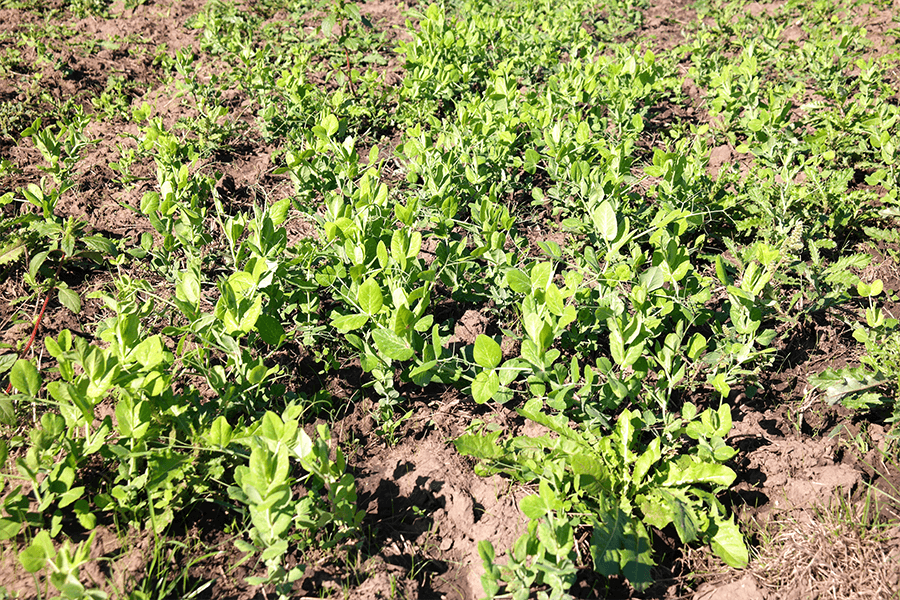
„And what about the cultivation and care of the plants?“
Family Schreiber pre-grows all young plants from their own seed. There is a foil tunnel at the organic farm for this purpose. As soon as the young plants are big enough, they are put outside – without exception. In comparison to seed production in greenhouses – as is common in large, international farms – the plants and thus the seeds become much healthier and more robust against environmental influences – which is ultimately reflected in the quality when re-growing.
The maintenance effort should not be underestimated. Gabi Schreiber gives us an example of the many steps from the cultivation of the tomatoes to the harvesting of the seeds: first the seeds are sown in growing pots in a foil tunnel. A little later the small plants are pricked and repotted. They may be placed outside with the icemen. The soil between the plants is constantly kept free of weeds with a hoe. Shortly after planting, stable tomato sticks are added to each plant and the plants are tied to them. It is important that the tomatoes are regularly tied up and tied up further. This is the only way to guarantee that the tomato plants will produce enough fruit and mature for the seed harvest. Finally, the harvesting process is ongoing – and the seeds are obtained with a great deal of effort.
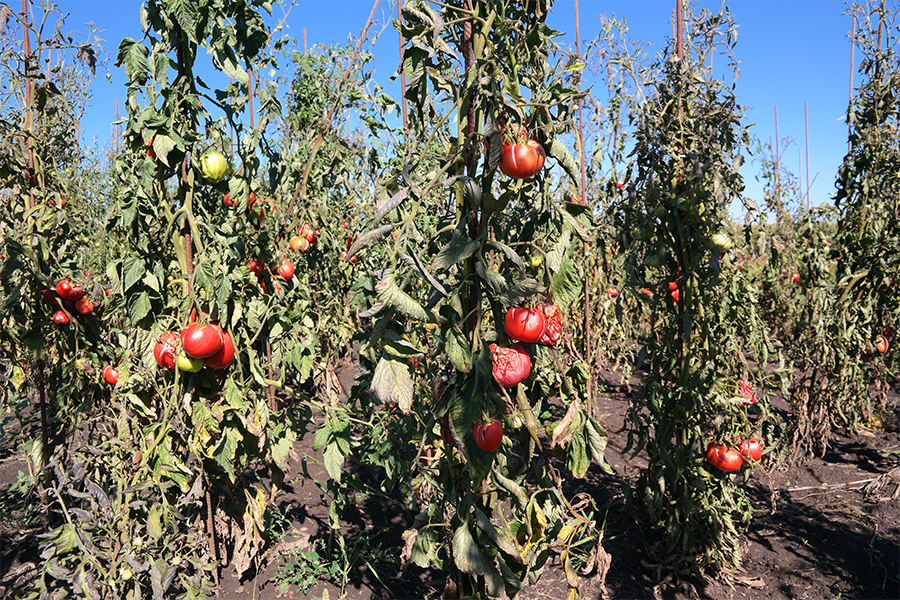
To give you a better idea – how much strength is needed: for one kilo of tomato seeds, an average of 1,000 kg of tomato fruit is harvested, washed and sifted several times.
Nobody is born a seed gardener
After the very interesting walk between the flower beds, we could finally visit the warehouse. An unbelievably good scent is streaming towards us – so shortly before noon we get hungry right away. :)
Store on a pallet 25 kg packed in brown bags with flea seeds, safflower and caraway seeds. This is where the good smell of fresh bread comes from.
However, this seed mixture is not intended for baking bread, but as a wild island for bees, butterflies and many other useful insects.
„At the sight of the 25 kg sack, we wonder how much space is needed for its cultivation?“
After a short consideration and down-calculation of larger quantities, we come to the conclusion that for a 25 kg bag of caraway seeds 500 m² of cultivation area is needed. An average allotment garden – and all this with manual labor.
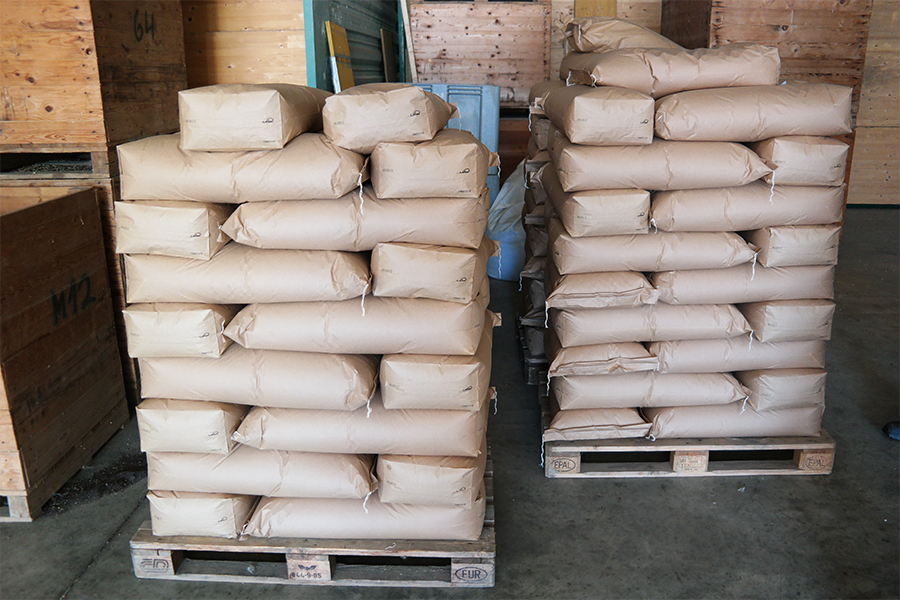
„Finally, a question that is still of burning interest to us: how does one actually become a seed propagator?“
As is often the case in life, this path was anything but planned for the Schreiber family. Gabi Schreiber came to Siegfried from a job with the police in Vienna. After an experiment with self-marketing of farm products, which did not work out so well due to the remote location of the farm, the couple took a course together on seed gardening. This sparked off the spark and the first experiments on small beds began. Soon after, the cooperation with Samen Maier was established and in the meantime seeds are grown on approx. 15 hectares – of course exclusively organic.
Many thanks to Siegfried, Gabi and Christoph Schreiber for the great tour of the organic farm and the interesting information!
Article: DI Doris Kampas
Photo credits: bio-garten

